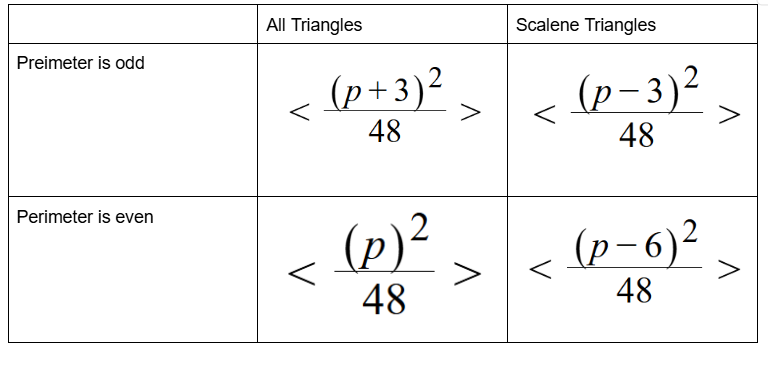CAT 2000 Question Paper
For the following questions answer them individually
CAT 2000 - Question 131
A truck travelling at 70 kilometres per hour uses 30% more diesel to travel a certain distance than it does when it travels at the speed of 50 kilometres per hour. If the truck can travel 19.5 kilometres on a litre of diesel at 50 kilometres per hour, how far can the truck travel on 10 litres of diesel at a speed of 70 kilometres per hour?
CAT 2000 - Question 132
Consider a sequence of seven consecutive integers. The average of the first five integers is n. The average of all the seven integers is:
CAT 2000 - Question 133
If x>2 and y>-1,then which of the following statements is necessarily true?
CAT 2000 - Question 134
One red flag, three white flags and two blue flags are arranged in a line such that,
A. no two adjacent flags are of the same colour
B. the flags at the two ends of the line are of different colours.
In how many different ways can the flags be arranged?
CAT 2000 - Question 135
Let S be the set of integers x such that:
1) 100 <= x <= 200
2) x is odd
3) x is divisible by 3 but not by 7.
How many elements does S contain?
CAT 2000 - Question 136
Let S be the set of prime numbers greater than or equal to 2 and less than 100. Multiply all the elements of S. With how many consecutive zeroes will the product end?
CAT 2000 - Question 137
Let x, y and z be distinct integers, that are odd and positive. Which one of the following statements cannot be true?
CAT 2000 - Question 138
What is the number of distinct triangles with integral valued sides and perimeter 14?
CAT 2000 - Question 139
Let N = 1421 * 1423 * 1425. What is the remainder when N is divided by 12?
CAT 2000 - Question 140
The integers 34041 and 32506 when divided by a three-digit integer n leave the same remainder. What is n?
Two Factor Authentication
Incase of any issue contact support@cracku.in





